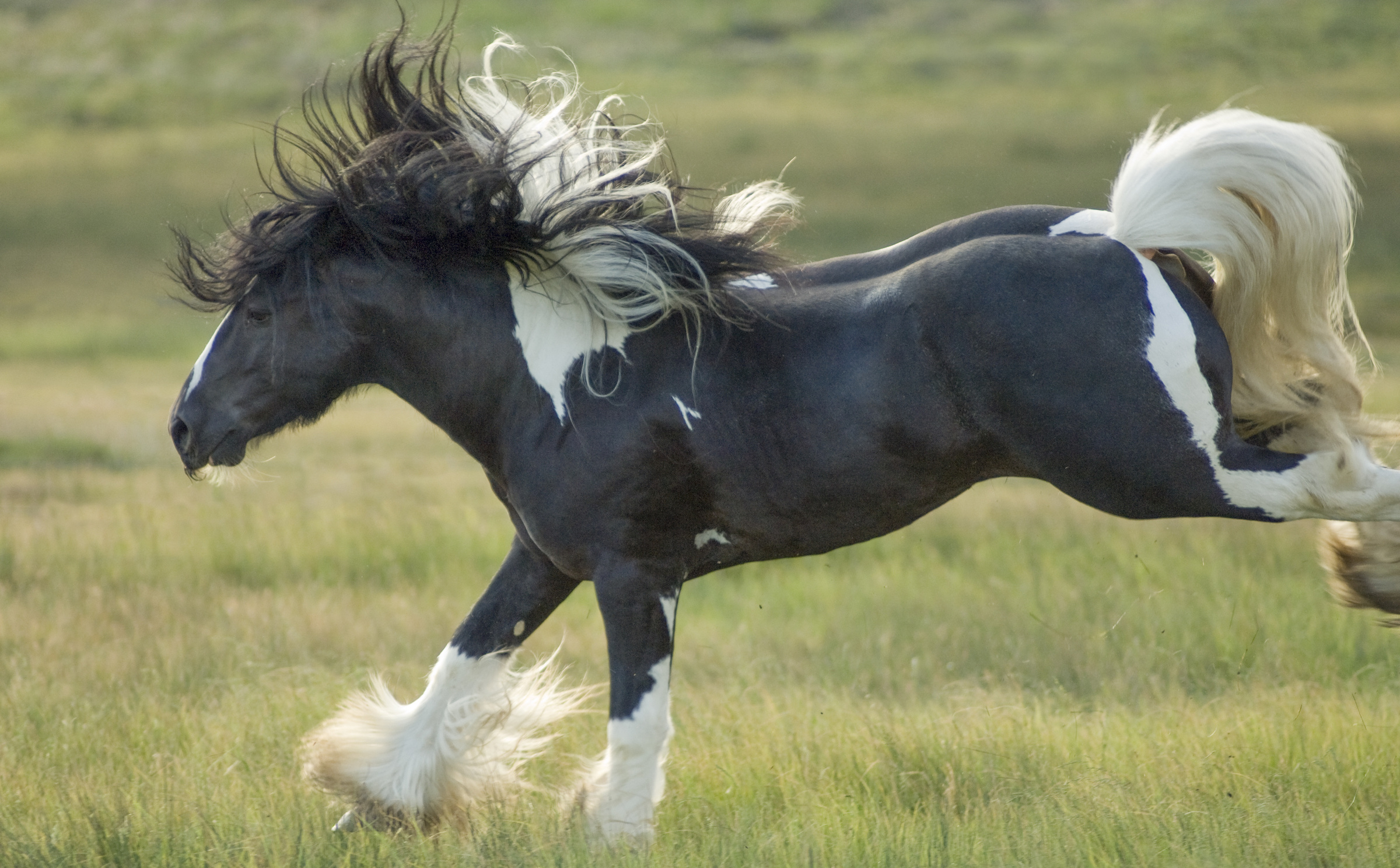
The white markings corresponding to pinto coloration in horses occurred…
A) as far back as the beginning of the species.
B) in ancient cave paintings in southern France.
C) since the domestication of the horse.
Please scroll down for the answer.
…
Keep scrolling.
…
Just a bit more…
…
Almost there…
…
(Honest! Keep going.)
…
ANSWER: C is correct. As best we can tell, pinto coloration and many white markings have occurred only since the time horses were domesticated.
There are 25,000-year-old cave paintings in southern France depicting horses with coat patterns similar to today’s leopard Appaloosas, but none showing pinto coloration.
In fact, most ancient cave art depicts horses that are solid bay or solid black.
And, interestingly, a study with captive-bred foxes showed that selectively breeding the animals to be docile resulted in some new physical characteristics…including white markings cropping out on the animals’ faces, chests, legs, and tail.
[LEARN how coat colors and hair whorls may give clues to temperament.]
So…could the pinto and other white markings in horses be a result of the selective breeding after domestication to create more docile horses?
Could be!
LIKE TRIVIA? Sign up for The Ride, Horse&Rider’s free newsletter, which brings you educational trivia questions plus a wealth of other great information every week.






